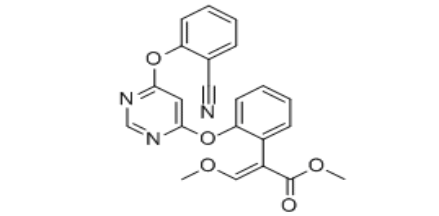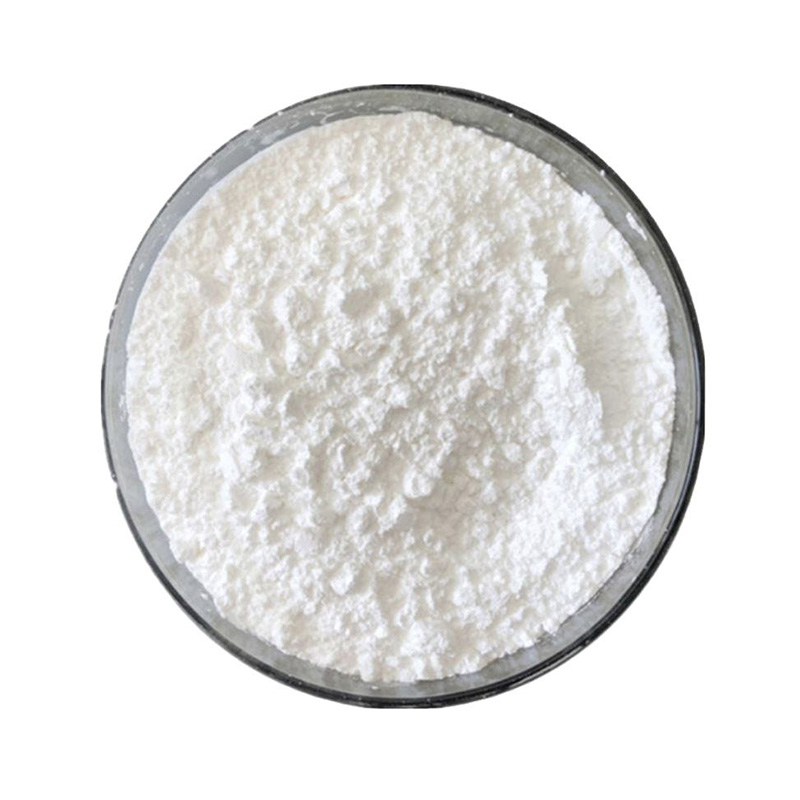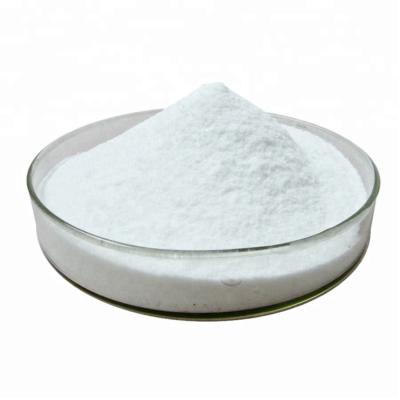Azoxystrobin Methoxy Acrylate Fungicide
Common name: Azoxystrobin
Chemical name:
Methyl(2E)-2-(2-{[6-(2-cyanophenoxy)pyrimidin-4-yl]oxy}phenyl)-3-methoxyprop-2-enoate
Molecular formula: C22H17N3O5
Physical and chemical properties:
Appearance White crystalline solid
Common name: Azoxystrobin
Chemical name:
Methyl(2E)-2-(2-{[6-(2-cyanophenoxy)pyrimidin-4-yl]oxy}phenyl)-3-methoxyprop-2-enoate
Molecular formula: C22H17N3O5
Structural formula:

Molecular weight: 403.39
CAS No. : 131860-33-8
Physical and chemical properties:
Appearance White crystalline solid
Usage:
Azoxystrobin is a xylem-mobile systemic fungicide with translaminar, protectant and curative properties. In cereal crops, its main outlet, the length of disease control is generally about four to six weeks during the period of active stem elongation. All pesticides are required to seek registration from appropriate authorities in the country in which they will be used. In the United States, the Environmental Protection Agency (EPA) is responsible for regulating pesticides under the Federal Insecticide, Fungicide, and Rodenticide Act (FIFRA) and the Food Quality Protection Act (FQPA). A pesticide can only be used legally according to the directions on the label that is included at the time of the sale of the pesticide. The purpose of the label is "to provide clear directions for effective product performance while minimizing risks to human health and the environment". A label is a legally binding document that mandates how the pesticide can and must be used and failure to follow the label as written when using the pesticide is a federal offence. Within the European Union, a 2-tiered approach is used for the approval and authorisation of pesticides. Firstly, before a formulated product can be developed for market, the active substance must be approved for the European Union. After this has been achieved, authorisation for the specific product must be sought from every Member State that the applicant wants to sell it to. Afterwards, there is a monitoring programme to make sure the pesticide residues in food are below the limits set by the European Food Safety Authority.
Submitted successfully
We will contact you as soon as possible




